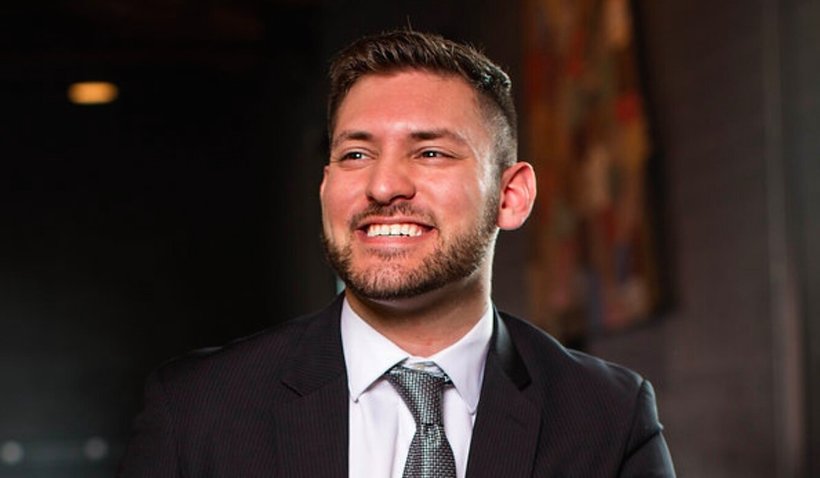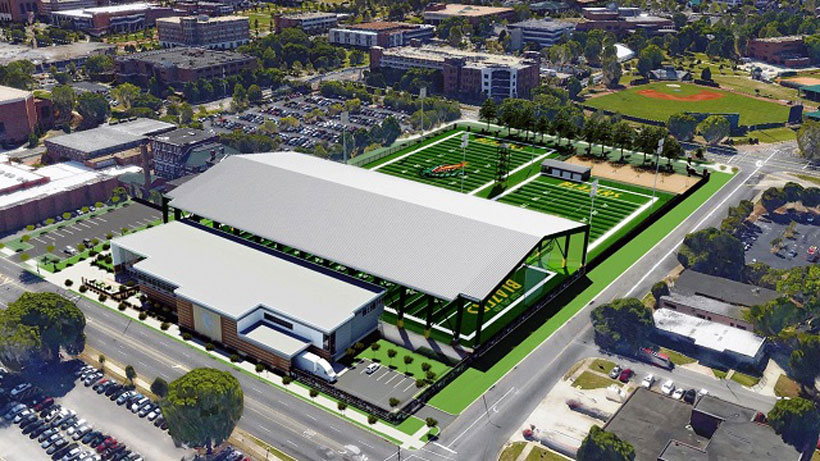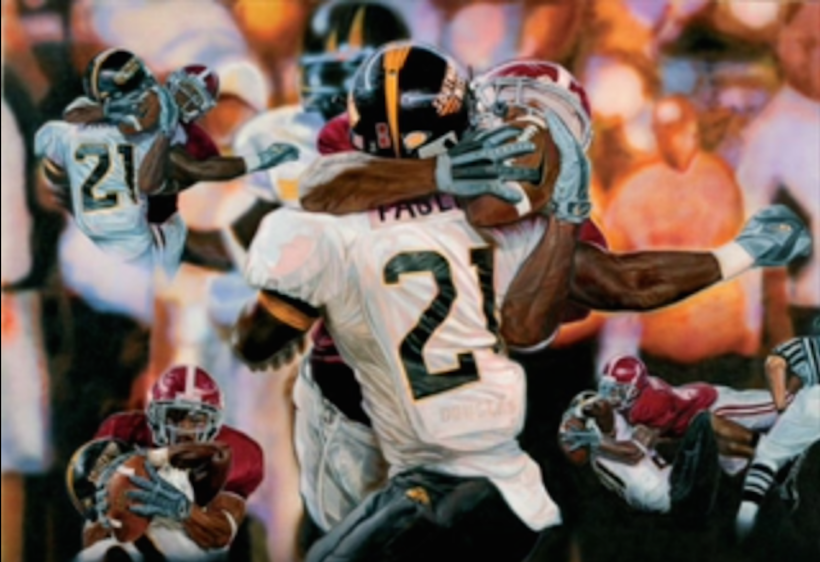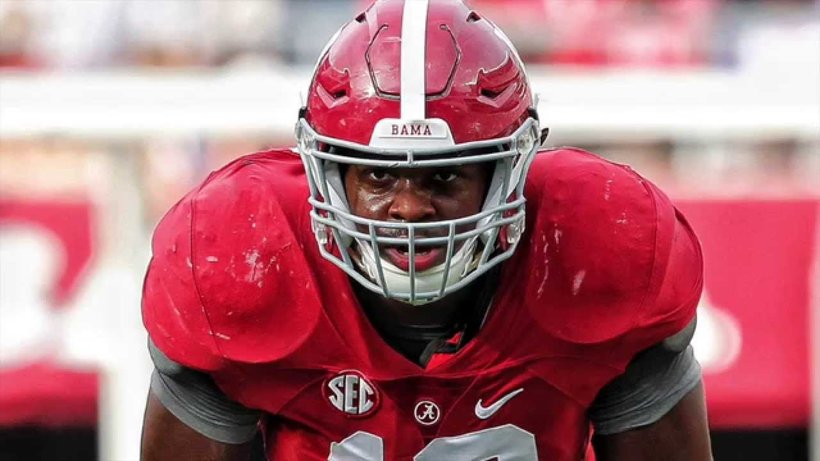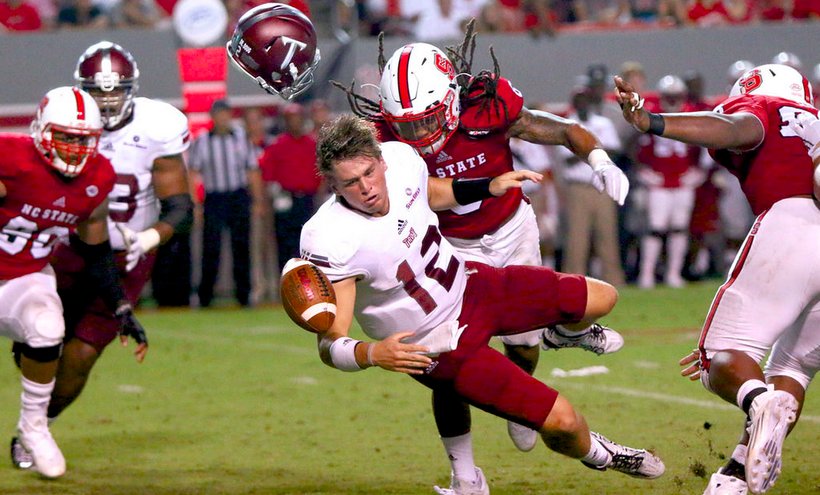
PRATTVILLE, Ala. — Football injuries don’t just stop a play, they can end a life. In 2014, five players passed away from injuries they received while playing the game, and 36 have died since 2005. With more than 1.1 million young athletes playing football in the United States, those numbers are relatively small. But the emergency treatment athletes receive in the moments after a head, neck or spinal injury can literally be the difference between life and death.
Unfortunately, not all Emergency Medical Services (EMS) personnel have received specialty instruction on the proper techniques for removing helmets and other equipment after head injuries. But thanks to the National Center for Sports Safety, an Alabama-based nonprofit, and the Alabama Fire College, more than two dozen Alabama EMS employees and volunteers are now experts.
The two organizations partnered to host a “Sports Responder Course,” training up first-responders around the state on how to best treat Alabama’s young athletes moments after they suffer an injury on the gridiron.
Dr. Robert Flannery, who specializes in primary care sports medicine, volunteered his time to develop the curriculum and to teach the firefighters who will then instruct the course across the state to volunteer coaches, park and rec employees and anyone else that serves in youth sports communities across Alabama. Dr. Flannery practices with Lemak Health in central Alabama and is the team doctor for several schools, including Gardendale High School and Jacksonville State University.
During the months of September and October, Dr. Flannery has traversed the state teaching the course.
“Traveling around Alabama working with these EMS professionals has been extremely rewarding,” said Flannery. “They are eager to learn about more techniques available to keep players safe once an injury has occurred.”
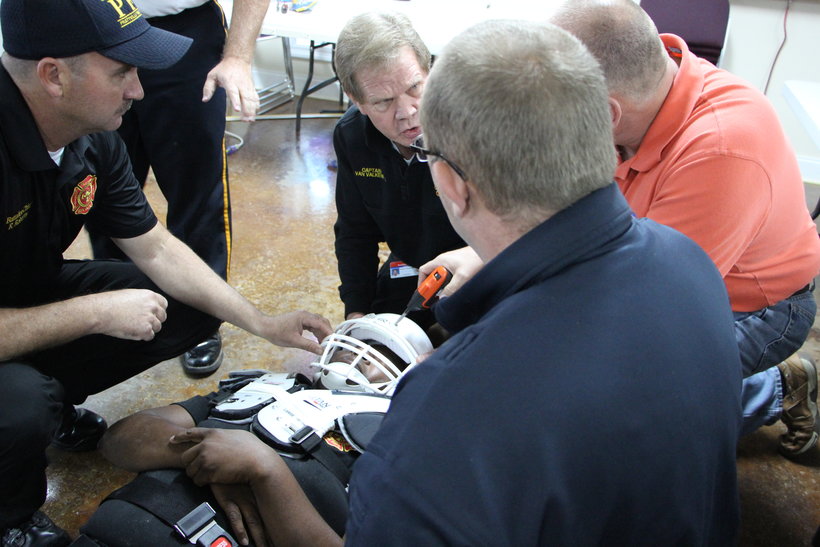
In the “Sports Responder Course,” attendees were taught important tips for helmet removal, jersey removal and shoulder pad removal that can be utilized after head and neck injuries. They were also given time for hands-on practice with the braces, face masks, and stretchers.
“We all know that sports such as football are very prevalent here in Alabama. Even sports such as lacrosse are garnering popularity,” said Derrek Smith, Associate Executive Director for the National Center for Sports Safety. “It is very important to have a group of first responders who are trained in these proper techniques at youth games and sporting events across our state. We hope these courses will result in first responders being trained and ready to properly respond should an injury occur.”
The National Center for Sports Safety hopes to improve sports safety in youth athletics primarily by educating coaches and volunteers, which will provide communities with youth sports safety educational programs to prevent, recognize and treat youth sports injuries.
Alabama sports medicine experts step up to prevent deaths from football head injuries http://t.co/OvkOO37set @LemakSports
— Cliff Sims (@Cliff_Sims) October 13, 2015







